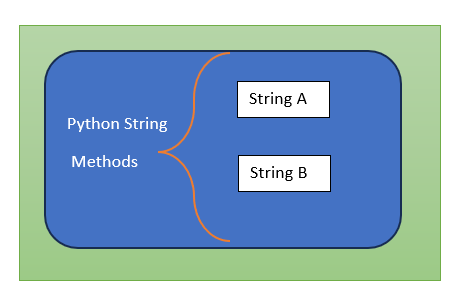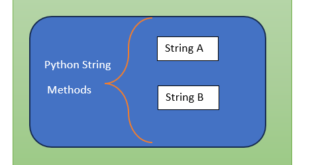In this blog post, we will explore advanced methods for python strings that expand your ability to work with strings. From regular expressions to splitting/joining techniques and advanced string formatting, we’ll cover it all. Let’s continue our journey through the realm of Python strings!

Exploring Advanced Methods for Python Strings
Method 1: Harnessing the Power of Regular Expressions
Regular expressions are a powerful tool for pattern matching and string manipulation. With Python’s re module, you can unlock their full potential for complex string operations. Whether you need to search for specific patterns, extract data, or replace substrings, regular expressions provide a flexible and efficient solution.
Method 2: Splitting and Joining Strings for Advanced Data Processing
Splitting and joining strings are fundamental techniques in data processing. Python offers the split() method to divide a string into substrings based on a delimiter, and the join() method to concatenate a list of strings into a single string. By creatively utilizing these methods, you can tackle advanced data processing tasks like CSV parsing and text manipulation.
Method 3: Advanced String Formatting with f-strings and Format Specifiers
Take your string formatting skills to the next level with f-strings and format specifiers. F-strings provide a concise and readable way to embed expressions inside string literals, enhancing code clarity. Additionally, format specifiers offer precise control over value formatting within a string. Mastering these advanced formatting techniques allows you to create dynamic and visually appealing output in your Python applications.
Questions
Q1: Can I modify a string directly in Python? A1: No, strings are immutable in Python, meaning they cannot be changed once created. However, you can create new strings by manipulating existing ones.
Q2: Are regular expressions case-sensitive? A2: By default, regular expressions are case-sensitive. However, you can enable case-insensitive matching by using appropriate flags or modifiers.
Q3: Can I use variables inside f-strings? A3: Absolutely! F-strings allow you to embed variables, expressions, and even function calls directly within the string, making it easy to create dynamic output.
Conclusion
Congratulations on expanding your Python string manipulation skills with these advanced methods. By incorporating regular expressions, splitting/joining techniques, and mastering advanced string formatting, you can handle complex data processing tasks and create dynamic, visually appealing output. Practice and experiment with these methods to unleash the full power of Python strings in your projects. Keep coding and exploring new possibilities!
Previous article on python strings is here.
Python tutorials official site is here.
 IT2EDU Empowering Education Through Technology
IT2EDU Empowering Education Through Technology

